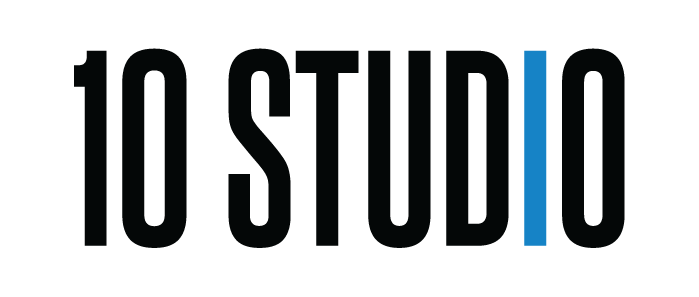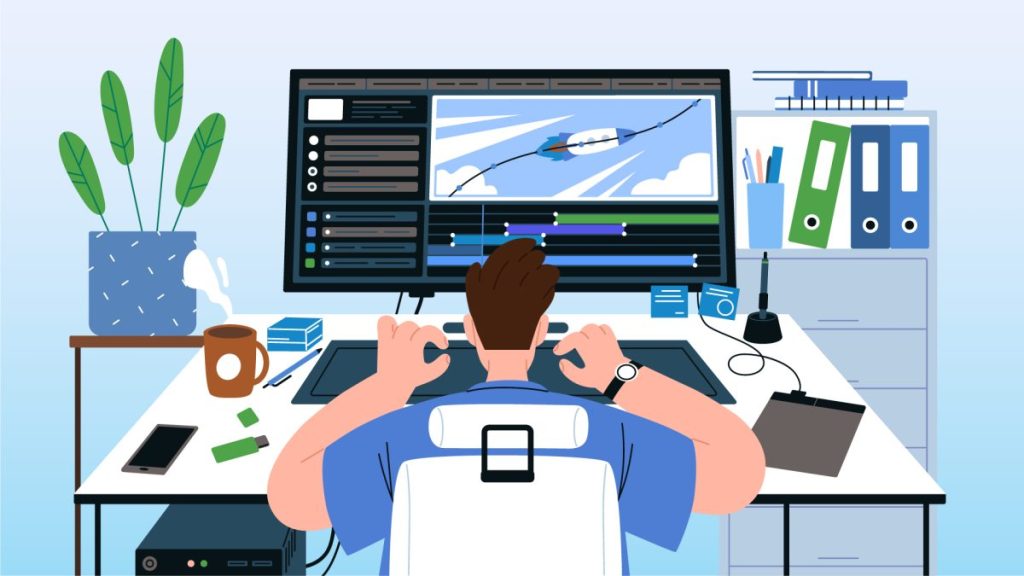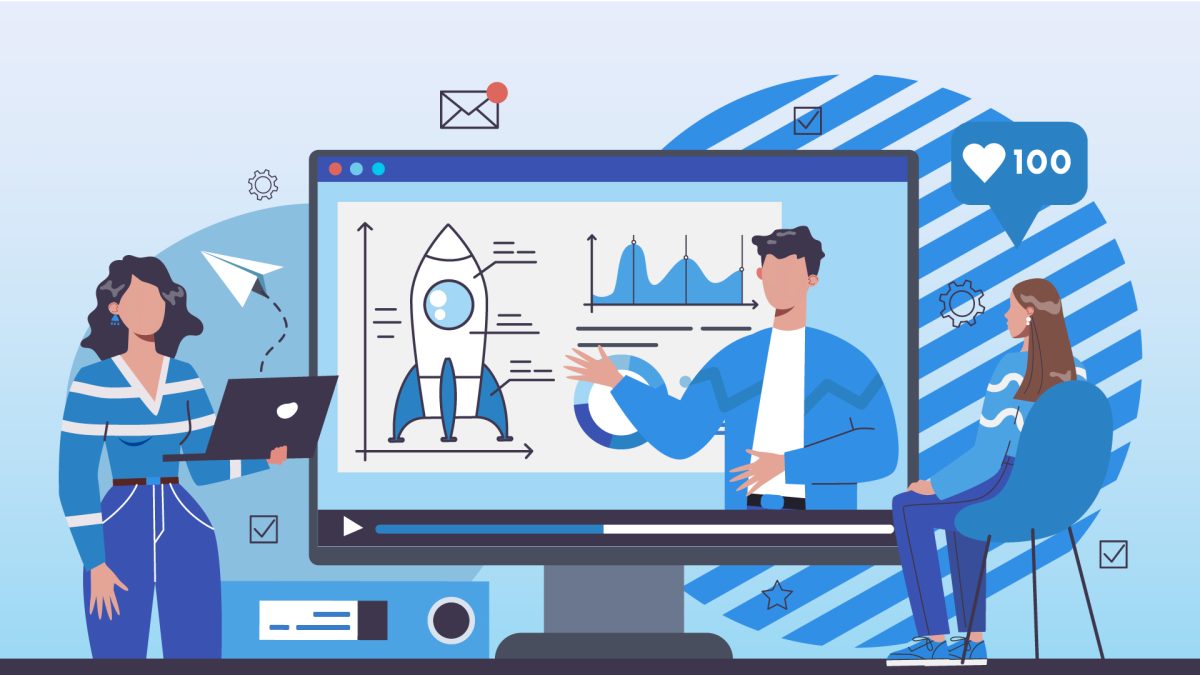Animated explainer videos have become an essential tool for businesses and organizations looking to effectively communicate their products, services, or concepts to their target audience. In today’s fast-paced digital world, where attention spans are shorter and competition is fierce, it is more important than ever for businesses to stand out.
Animated explainer videos are a powerful way to do this, as they can effectively capture the viewer’s attention and convey a message in a way that is both memorable and impactful.
These short, engaging videos have the ability to grab the viewer’s attention and convey complex ideas in a simple and easy-to-understand way. Moreover, animated explainer videos can be shared on various digital platforms and can be easily embedded into websites, making them a versatile and cost-effective marketing tool.
In addition, animated explainer videos can hold the viewer’s attention until the end, making them an effective way to increase engagement, and website traffic, generate leads and boost sales.
The purpose of this article is to provide a step-by-step guide on how to create a high-converting animated explainer video. By following the steps outlined in this guide, businesses can create an animated explainer video that will help them to deliver their message and increase conversions. Investing in a high-quality animated explainer video can be a game changer for businesses looking to increase their online presence and drive sales.
Planning and Scripting
When planning and scripting for a high-converting animated explainer video, it is crucial to first understand who you are creating the video for. Identifying your target audience is important while creating a video that effectively resonates with your audience.
Knowing your target audience will help you to create a video that is tailored to their specific needs and interests. Here are some parameters that you need to check while planning to make an animated video for your business.
Identifying the Target Audience
Identifying the target audience is crucial for creating a high-converting animated explainer video. It helps businesses to create videos tailored to the audience’s specific needs and interests, increase engagement and conversions, identify the problem and solution, appeal to the audience, and make more cost-effective marketing decisions.
If your target audience is young professionals, your video should be created with a different tone and animation style than if your target audience is older adults. By understanding your target audience, you can create a video that will effectively engage and convert them.

Defining the Problem & Solution
The next step in creating an animated explainer video is to clearly explain what problem your product or service solves. By understanding the problem, it will be easier to create a story that shows how your product or service can help.
This will help the audience understand the problem, how the product/service addresses it, and the benefits they will receive. By doing this, it will be more likely that the audience will be interested in using your product or service.
Creating a Compelling Story
While making an animated explainer video, it is highly important to create a story that is interesting and easy to understand. This story should clearly show the benefits or mechanism of the product and service being offered, which will make it easy for viewers to understand why they need it. This can help increase conversions and make the video more effective.
Script Writing
Writing the script is the next step after creating the story. It is important to create a script that clearly highlights the benefits and value of the product or service. The script should be easy to understand, written in simple language, and tailored to the target audience. The script should also be reviewed to make sure it aligns with the story and effectively communicates the message.
Animation Style
When creating an animated explainer video, the final important thing is to choose the right animation style to match the story for the target audience. There are various animation styles to pick from like 2D, 3D, motion graphics, and whiteboard animation. It’s crucial to choose the animation style that compliments the story and the people it’s intended for.
Content Production & Optimization
Production and optimization are two critical stages in the process of creating a high-converting animated explainer video. The production phase is where businesses bring their script and storyboard to life by creating the animation, adding music and sound effects, and finalizing the video.
Meanwhile, optimization is the process of fine-tuning the video to ensure that it reaches and connects with the target audience. Here are some steps businesses can follow to have a better outcome from their production and optimization stage.
Choosing the Right Animation Software
The first step in production is to choose the right animation software. Popular options include Adobe After Effects, Blender, and Toon Boom Harmony. It’s important to choose software that is easy to use and has the features needed to create the desired animation style. The software should also be able to handle the complexity of the animation and should have a user-friendly interface.
Creating the Animation
Once the animation software is chosen, the next step is to create the animation. This includes creating the characters, backgrounds, and other elements that will be used in the video. It’s important to pay attention to detail and ensure that the animation is consistent with the story and the target audience. The animation should be visually appealing and should be able to convey the message effectively.
Adding Music and Sound Effects
Music and sound effects can help to make the video more engaging and help to drive conversions. It is important to choose music and sound effects that fit the theme of the video and make sure the sound effects are consistent with the animation. The music and sound effects should be able to enhance the overall feel and message of the video.
Optimizing the Video for Different Platforms
Once the video is created, it is important to optimize it for different platforms. This includes optimizing the video for different screen sizes and resolutions, as well as for different devices such as computers, tablets, and smartphones. It should also be optimized for different internet speeds and should have closed captions for better accessibility.
Analyzing the Video’s Performance
Measuring and analyzing the performance of the animated explainer video is crucial for identifying areas for improvement and increasing conversions. By tracking key metrics such as views, engagement, and click-through rates, businesses can gain insight into how their video is performing and make data-driven decisions to optimize its effectiveness.
Tools such as Google Analytics, YouTube Analytics, and Vimeo Analytics can be used to track the video’s performance and gain valuable insights. Additionally, businesses can also conduct surveys or gather feedback from the audience to better understand how they are responding to the video.
By measuring and analyzing the performance, businesses can make necessary adjustments to improve the video’s conversion rates, in order to achieve their desired outcome.
Making Necessary Adjustments
Based on the results of this analysis, businesses can identify areas where the video may be lacking and make necessary adjustments to improve conversion rates. This can include changes to the animation, sound, or script.
For example, if the video is not effectively communicating the key message, the animation may need to be tweaked to better convey the information. Additionally, if the sound effects are not engaging the audience, it may be necessary to change the sound or add more background music.
Similarly, if the script is not compelling, it may need to be revised to make it more engaging and persuasive. These adjustments will help to make the video more effective in achieving its goals and increasing conversions.
Add call-to-action (CTA)
Adding a clear and compelling call-to-action (CTA) at the end of an animated explainer video is important because it directs the viewer on what to do next, whether it’s visiting a website, signing up for a service, or making a purchase.
It is a way to convert the viewer into a customer and increase conversion rates. A clear and effective CTA can help to boost the overall effectiveness of the video and help to achieve the desired results.
Benefits Of Creating a High-Converting Animated Explainer Video
Creating a high-converting animated explainer video can bring a lot of benefits to a business. A well-crafted animated explainer video can grab the viewer’s attention and keep them interested, this can lead to increased website traffic as more people will be interested in visiting the website.
By creating a video that effectively communicates the value proposition of the product or service, businesses can attract more visitors to their website and increase their online presence.
Another benefit of creating a high-converting animated explainer video is the ability to generate leads. By highlighting the value proposition of the product or service, the video can convince viewers to take action and sign up for more information.
This can be done by including a clear call-to-action in the video that directs the viewer to take a specific action, such as visiting a website or filling out a form.
Apart from generating leads, creating a high-converting animated explainer video can also boost sales. By effectively communicating the value proposition of the product or service, the video can convince viewers to make a purchase.
And by creating an engaging and persuasive video, businesses can increase the likelihood that viewers will make a purchase, resulting in a boost in sales.
Creating a high-converting animated explainer video can also help to improve brand awareness. An animated explainer video can help to improve brand awareness by effectively communicating the brand’s message and values. By creating a video that aligns with the brand’s messaging, businesses can increase the visibility of their brand and improve their reputation.
Finally, creating an animated explainer video is a cost-effective marketing tool as it can be shared on various digital platforms and can be easily embedded into websites. This makes it a versatile and cost-effective way for businesses to reach their target audience and increase conversions.
For example, a SaaS company that offers project management software can create an animated explainer video that highlights the key features and benefits of the software, such as its ability to improve team collaboration and increase productivity. This video can be shared on the company’s website and social media channels and can be used to generate leads and boost sales.




